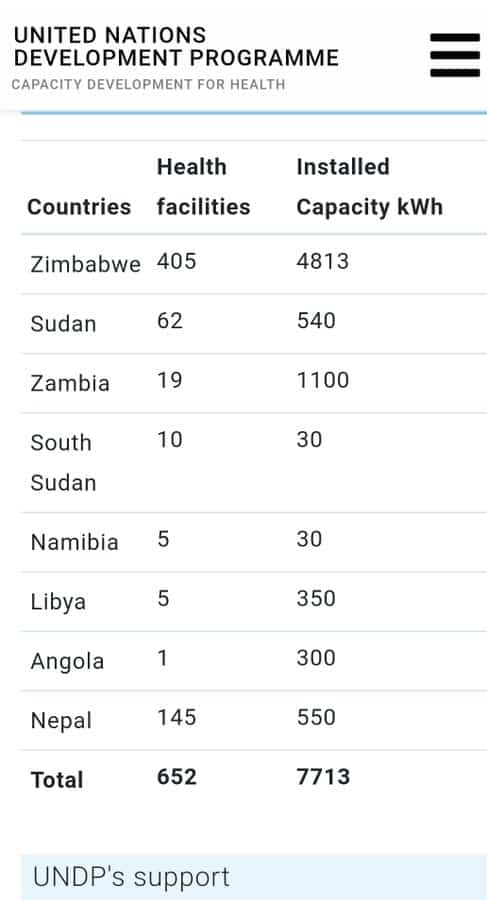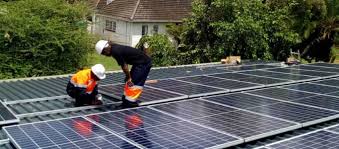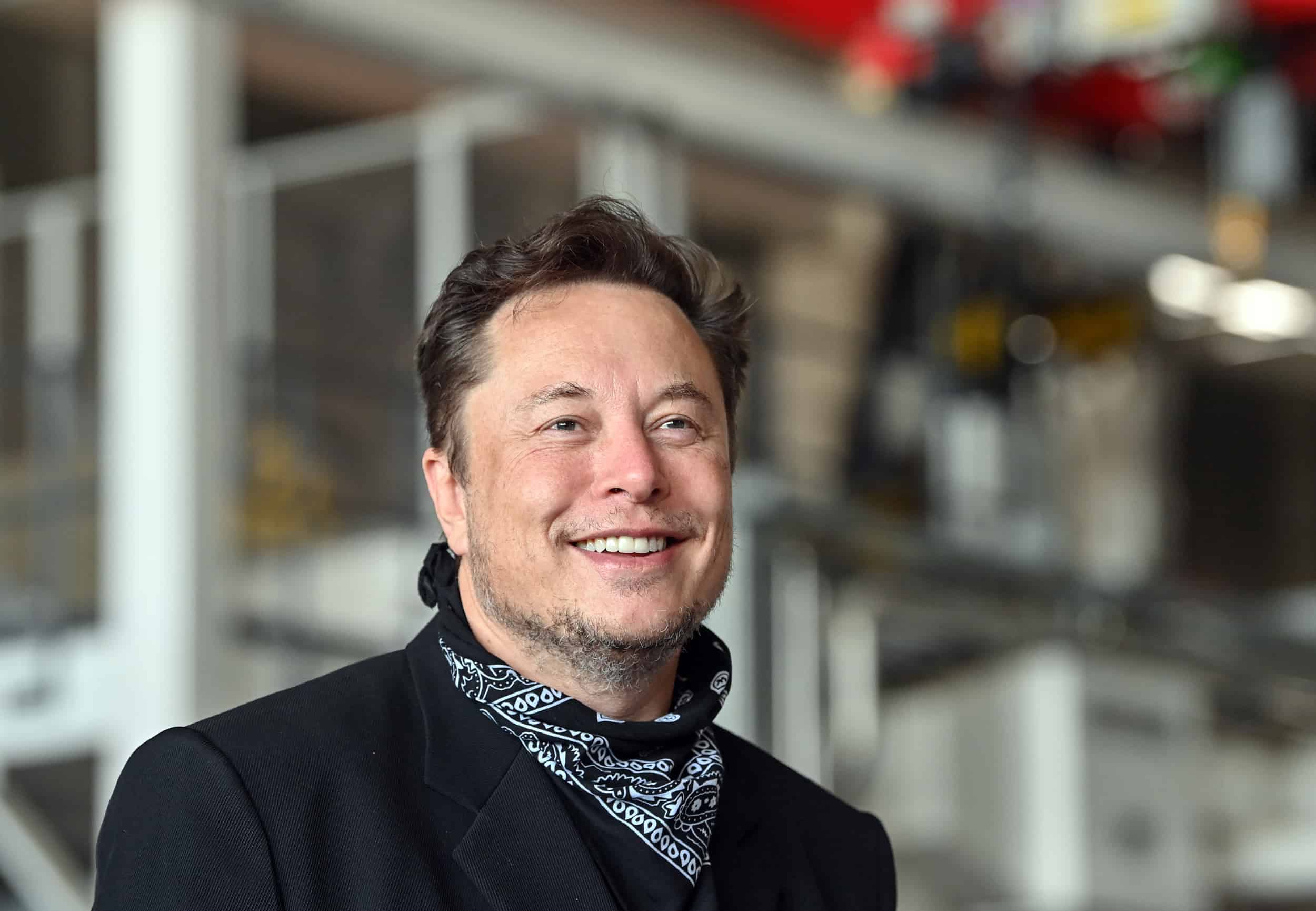Zimbabwe has long struggled with crippling power outages, some of which can last up to 18 hours a day. The cuts have been especially hard on the country’s hospitals and clinics, forcing nurses to deliver babies by candlelight and doctors to postpone emergency surgeries.
But that is starting to change. Since 2017, Zimbabwe has installed solar panels atop more than 400 healthcare facilities, steadying power supplies and replacing expensive and polluting diesel-fired generators.
The United Nations has, installed solar panels at 405 healthcare facilities in Zimbabwe, the biggest beneficiary of the Solar for Health initiative in Africa. The UN says sustainable infrastructure development is key in driving socio-economic progress.

The “Solar for Health” initiative is a prime example of the type of sustainable infrastructure development that will be vital to combating climate change, improving public services and driving the economic recovery from COVID-19.
So says a new report from the United Nations Environment Programme (UNEP). It urges planners and policymakers to take a more systematic approach to sustainable infrastructure, incorporating it into their long-term development plans and ensuring human-made systems work with natural ones.
“We can no longer use the business-as-usual approach to infrastructure, which is leading to ecological destruction and massive carbon dioxide emissions. Investments in sustainable infrastructure are not only environmentally sound, but also bring economic and social benefits.
“Low-carbon, nature-positive infrastructure projects can help minimize the sector’s environmental footprint and offer a more sustainable, cost-effective path to closing the infrastructure gap,” said Inger Andersen, Executive Director of UNEP. -UNEP














